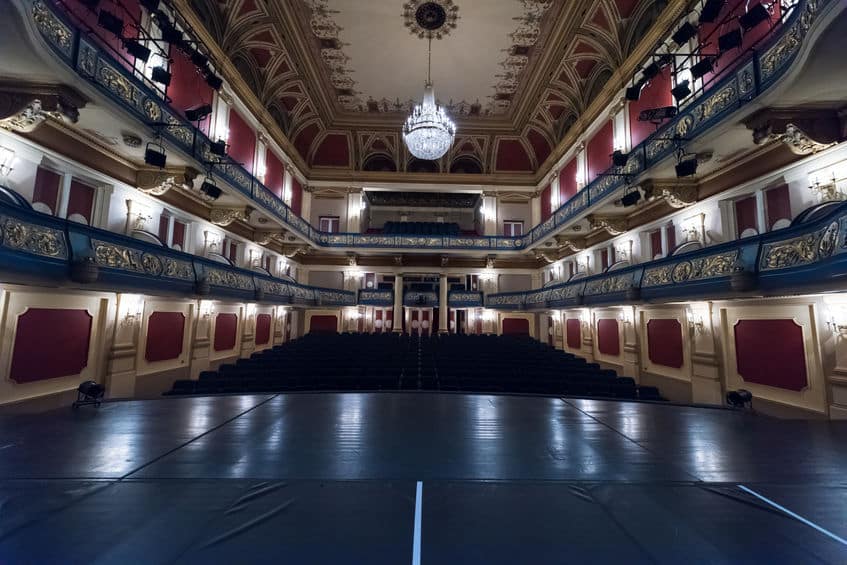By Sean Zucker –
Five hundred twenty-five thousand six hundred minutes, how do you measure a year without theater? As theaters across the country remain close or have slowly begun opening with limited crowds, experts are reflecting on the mental health benefits we’ve been missing and what we may lose if things do not turn around quickly.
The Acting Studio Chicago explained that theater is uniquely beneficial in comparison from other storytelling art forms for various reasons. Given theater’s live nature, it is immediate, evolving and always different every performance. It helps the audience see life and art from a different perspective. “We’re shown humanity, psychology, motivations, conflict and resolution. We as the audience get to witness the trajectory of persons other than ourselves… Theater promotes us to give power to truth, to take risks and to advocate for new and diverse voices,” the studio noted.
A recent piece published in The Seattle Times warns COVID-19’s impact on theater may extend beyond audiences to the performers and ultimately the long-term health of the industry and its art. The shutdown, in fact, may have interrupted a generation of theater artists, halting the expression of exciting new voices and perspectives that’ll possibly limit the development of future aficionados. “Locally, this class of emerging theater artists interrupted by the pandemic is facing an uncertain future as artists struggle to make professional connections, keep their craft sharp and make ends meet,” it warned. “They wonder what new challenges they will face once live performances fully return, and some, under the pressures of financial hardship, are already shifting to other professions.”
This sentiment probably is far from misplaced and the cost doesn’t stop at emerging performers or regular theater goers. Students seemingly have the most to gain from live theater and therefore the most to lose. According to a pre-COVID study out of University of Arkansas, Fayetteville, students who attend live theater have higher levels of literary knowledge, tolerance, and empathy.
The research, originally published in Education Next, surveyed the impact of taking students on excursions to see live theater. The results saw significant educational benefits, including higher levels of tolerance, social perspective taking, and a stronger understanding of plot and vocabulary. These findings were produced by compiling five random assignment experiments spanning two years where school groups were assigned by lottery to attend a live theater performance, or, for some groups, watch a movie version of the same story.
Performances included A Christmas Carol, Hamlet, Around the World in 80 Days, and Peter and the Starcatcher. But the research team found that reading and watching the film adaptions did not generate a similar, if at all, increase in knowledge experienced by the students who attended the live theater productions.
If you’re itching for live performance, The New York Times recently offered a list of five comparable streaming options to scratch that. These digital productions include Madea, starring I May Destroy You’s Michaela Coel, and 25 Years of Rent: Measured in Love, a celebration of the mid-90’s musical that transcended the medium.
Forbes sadly enough is quick to remind us that this is merely a Band-Aid, as nothing can mimic the genuine sensation of experiencing theater live. “Yes, you can attend a live theatre performance outside in a park, socially distanced, and politely wearing masks, but who really wants to, particularly in New York in the winter? Yes, you can watch a recorded live performance of Hamilton on your TV or any other connected device, but it’s not the same…the magic of Broadway depends solely upon the interaction and proximity between the performers and the audience.”













